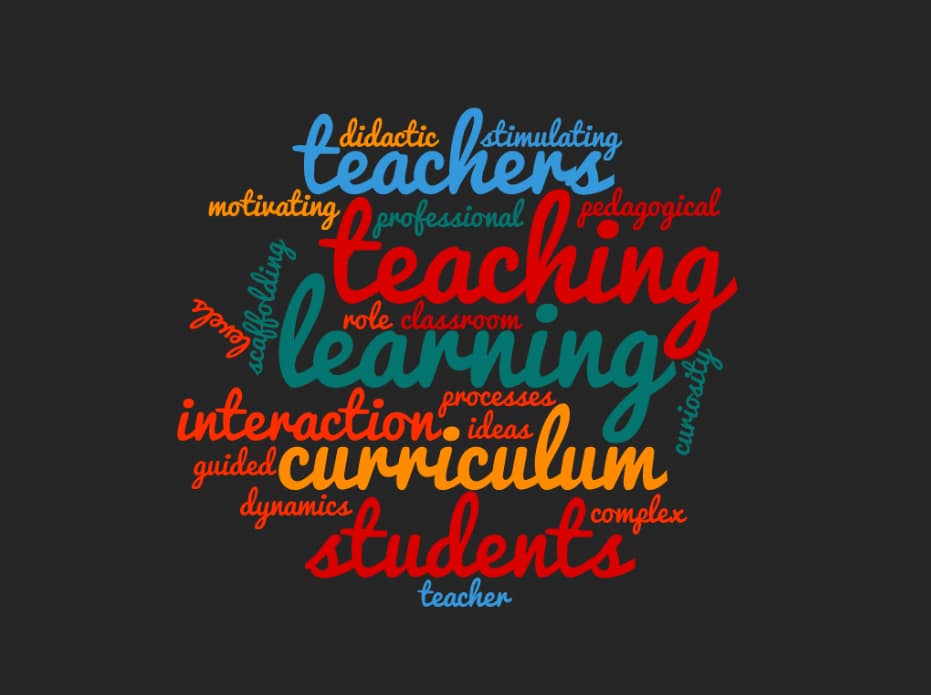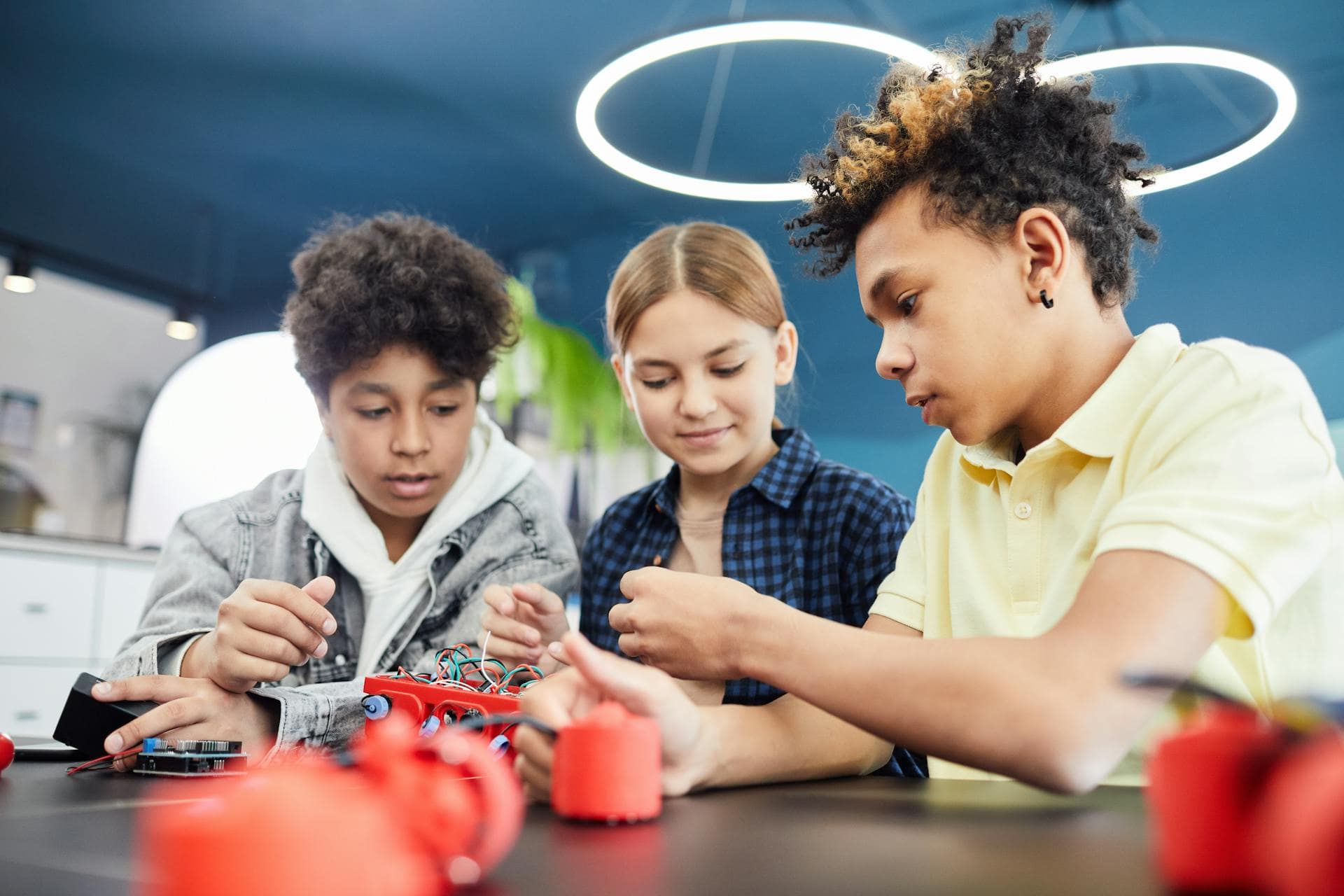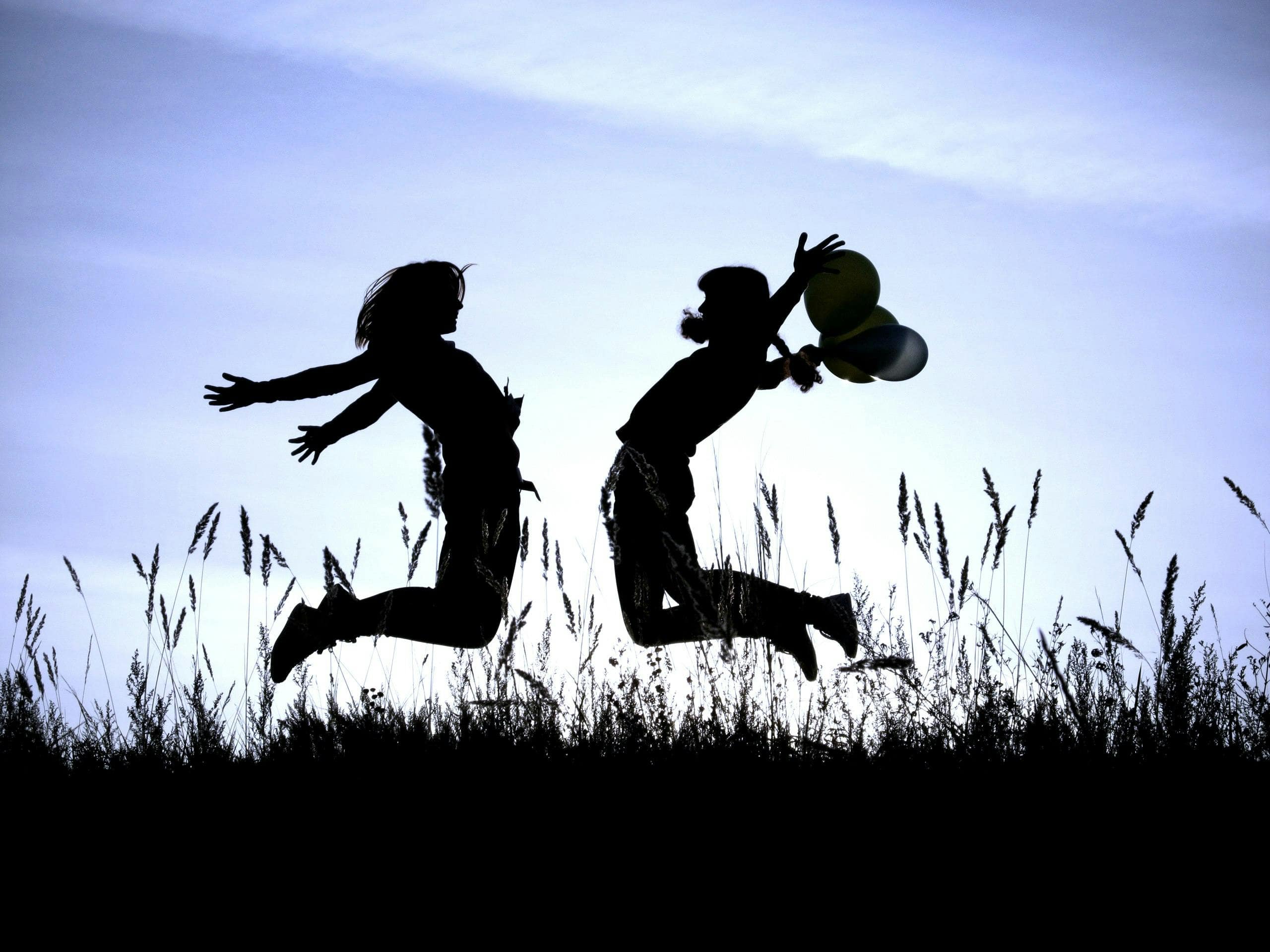
From practice to theory to practice: Curious Minds in Teacher College
What is teaching? What is learning? How can both be helped?
As both a secondary school teacher and a teacher-educator of students at a Teachers’ College for Primary Schools, I always have been interested in possible answers to these questions. Answering these questions is also at the heart of the Curious Minds research program (also see the following blog posts: [1][2][3][4][5]). Curious Minds’ goal is to study young children’s reasoning skills in Science & Technology education, and teachers’ skills in stimulating them. In pursuing this goal, certain topics have proven to be essential: interaction in individual learning processes, scaffolding, guided discovery learning, and stimulating and motivating individual students to pursue their own interests. Interestingly, in my past 25 years of teaching, I found this to be true not only for young children, but indeed for all students at all ages and academic levels.
Complex educational practice
Leaping some years back, I came across several evidence- and practice-based educational interventions while seeking to improve my skills. Most of these focused on one specific topic, be it in the fields of didactic, pedagogical and professional teaching, or classroom management. And I have to admit that they helped to improve my professional skills. However, these useful improvements more than once led to new organizational, pedagogical and didactical challenges. There never seems to be a “quick fix.” These outcomes reaffirmed my belief that teaching is a complex task with many interacting variables, each of which can affect the quality of education. These concern teachers, students, and curriculum, and relate in various ways to interaction, dynamic and individual developmental processes, and motivation and cognitive developmental levels.
Briefly put: if one wants to be able to develop educational interventions that actually work, the approach has to be able to deal with these different needs. Something that seems especially promising, however, is Dynamic Systems Theory. It can accommodate the complexity of educational practice (also see [6]). At the core of Dynamic Systems Theory is a model of the continuous dynamic interactions between different components on different levels of a system. In education, these are the teacher, students, and curriculum at the Teachers’ College for instance, but also didactics, teaching, and classroom management. The result is that every need is represented.
From this perspective, key educational processes emerge as the system and its components organize themselves relative to each other: the highest-quality teaching, and learning too, is therefore a property of the whole, rather than of individual elements. One crucial consequence of this emergence is that changes in one component change the system as a whole, and vice versa. Thus, in order for an educational intervention to work, it should focus on the interactions between components and how changing the interaction dynamics will lead to the emergence of desired educational outcomes.
This sounds complicated, but we are already putting the theory into practice. Here, in the north of the Netherlands, a team based in Groningen have extended the Curious Minds research program at a Teacher College for Primary Schools in exactly the way described.
Curious Minds in Teachers’ College
The Curious Minds research program in Groningen is based on the principles of Dynamic Systems Theory. It has given me the opportunity to do educational research that takes into account all the main “components”: student, teacher and curriculum.
My project, “Curious Minds in Teacher College for Primary Schools: The efficacy of a Curious Minds Approach in Math Lessons,” has a twofold aim.
- Research is conducted on interaction dynamics in the classrooms of the Teachers’ College and, moreover, on how to improve these interaction dynamics.
- The relationship between interaction dynamics and (study) motivation of teacher students is examined.
These two aims are investigated in the context of a video-feedback coaching program (also see [2]), in which teacher-educators are trained in using three teaching strategies: the use of open questions, guided discovery learning, and scaffolding. The greatest strength of the current project, however, is that it is creating role models. When teacher-educators are Curious Minds role models for the teacher students, teacher-students then in turn become role models for their own students, and the core of learning and teaching in the north of the Netherlands becomes more dynamic and engaged.




Nice